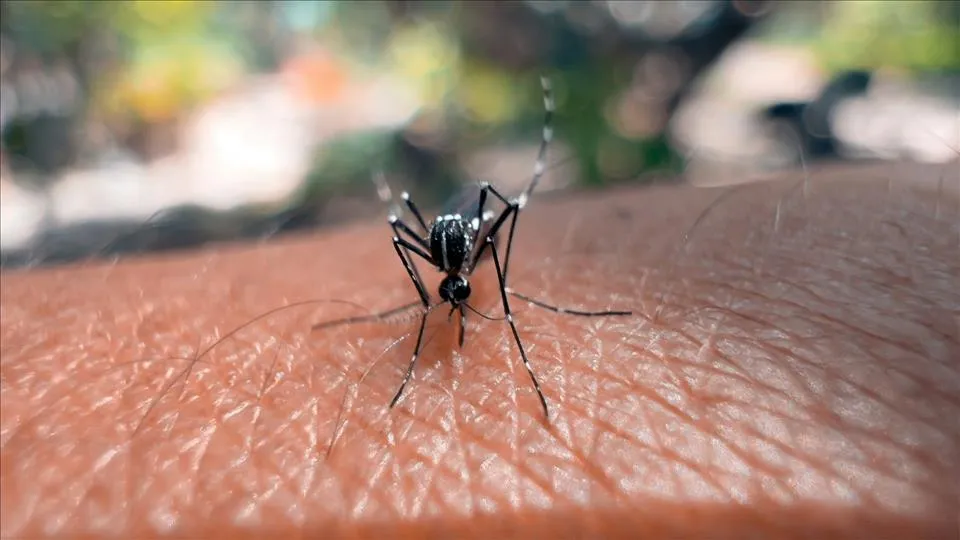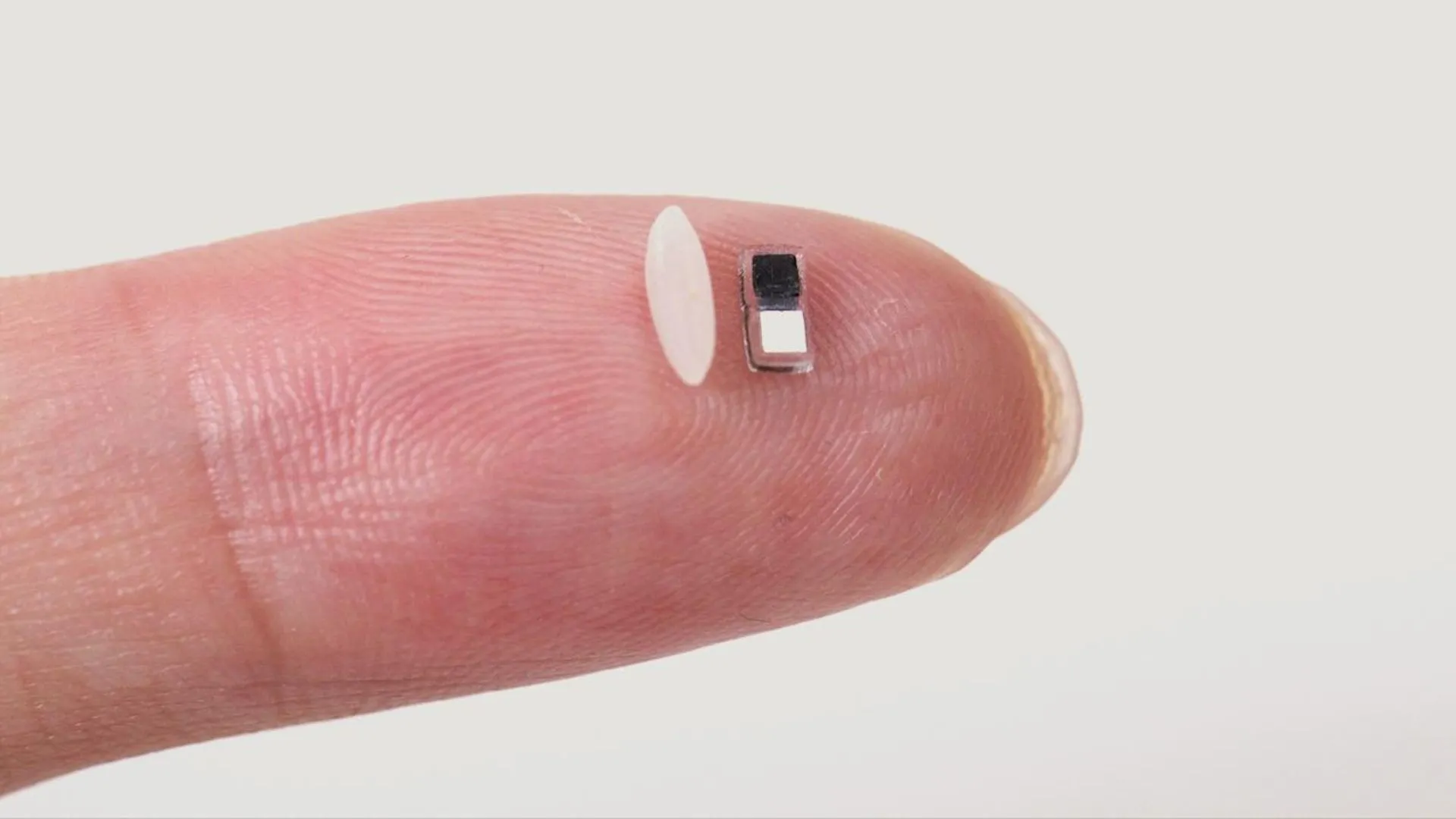How Do Mosquito Repellents Work? Chemistry Expert Explains
Mosquito repellents are a vital tool in combating mosquito-borne diseases like malaria, dengue, and Zika virus, especially in tropical and subtropical regions. But have you ever wondered how these repellents actually work? The answer lies in the chemistry behind their active ingredients and how they interact with a mosquito’s sensory system to keep them away. Here, we delve into the fascinating science of mosquito repellents, their types, ingredients, and effectiveness, with insights from experts in the field of chemistry and entomology.
Why Do Mosquitoes Bite Humans?
To understand how repellents work, it’s important to first understand why mosquitoes bite humans. Female mosquitoes, specifically, need the protein found in blood to produce eggs. They are attracted to humans by sensing carbon dioxide (CO₂) exhaled during breathing, body heat, and skin odors released as a combination of sweat and natural chemicals.
The sensory organs in mosquitoes—particularly their antennae and maxillary palps—detect these cues. When a mosquito locks onto its target, it uses a complex blend of olfactory (smell) receptors to guide itself toward the source.
How Mosquito Repellents Work
Mosquito repellents don’t kill mosquitoes; instead, they disrupt their ability to locate humans. Here’s how:
1. Blocking Olfactory Receptors
Active ingredients in repellents mask or block the mosquito’s smell receptors. Mosquitoes rely heavily on detecting CO₂ and certain body odors (like lactic acid, ammonia, and other chemicals released through the skin). Repellents interfere with this detection process, making it harder for them to identify humans.
2. Creating an Odor Barrier
Repellents often emit a smell that is unpleasant to mosquitoes, deterring them from approaching. The active compounds either confuse the insect or create an unfavorable environment around the user.
3. Disrupting Neural Pathways
Some modern repellents are designed to interfere with the mosquito’s neural pathways, essentially scrambling their ability to process sensory information.
Active Ingredients in Mosquito Repellents
The effectiveness of mosquito repellents lies in their chemical composition. Below are the most common active ingredients and how they work:
1. DEET (N,N-Diethyl-meta-toluamide)
- How It Works: DEET is the most widely used and researched mosquito repellent. It works by binding to the mosquito’s olfactory receptors, masking the smell of human skin and disrupting the insect’s ability to track its target.
- Effectiveness: Highly effective, with protection lasting up to 8–12 hours, depending on the concentration.
- Safety: Approved for use by regulatory bodies worldwide but should be used as directed to avoid skin irritation.
2. Picaridin (Icaridin)
- How It Works: Similar to DEET, picaridin blocks the olfactory receptors of mosquitoes. It is less greasy and odorless compared to DEET.
- Effectiveness: Provides comparable protection to DEET and lasts for up to 8 hours.
- Safety: Known for being less irritating and more skin-friendly.
3. IR3535 (Ethyl Butylacetylaminopropionate)
- How It Works: This ingredient mimics a natural amino acid that mosquitoes find repellent. It creates a chemical barrier that discourages mosquitoes from landing.
- Effectiveness: Effective for up to 6 hours, depending on environmental conditions.
- Safety: Generally safe for all age groups, including children.
4. Essential Oils (Citronella, Eucalyptus, Lemongrass)
- How They Work: Essential oils mask the human scent and release volatile compounds that mosquitoes find unpleasant.
- Effectiveness: Natural but less long-lasting, usually requiring reapplication every 2–3 hours.
- Safety: Often used in organic or natural repellents; however, some individuals may experience skin sensitivity.
5. Permethrin
- How It Works: Unlike the other repellents, permethrin is an insecticide that kills mosquitoes on contact. It is used to treat clothing, bed nets, and camping gear.
- Effectiveness: Provides long-lasting protection for treated items.
- Safety: Not meant for direct application on the skin.
Different Forms of Mosquito Repellents
Mosquito repellents come in various forms to suit different needs. Here’s a breakdown:
1. Lotions and Sprays
- How They Work: Applied directly to the skin, they create a chemical shield that keeps mosquitoes at bay.
- Best For: Outdoor activities, travel, and areas with high mosquito populations.
2. Mosquito Coils
- How They Work: Burned to release smoke infused with repellent chemicals like allethrin, which drive away mosquitoes.
- Best For: Outdoor and semi-outdoor settings, such as patios or campsites.
3. Vaporisers and Plug-Ins
- How They Work: Emit chemical vapors that repel mosquitoes from an entire room.
- Best For: Indoor use, especially during nighttime.
4. Wearable Devices
- How They Work: Bracelets or patches infused with repellent chemicals or essential oils provide localized protection.
- Best For: Children or individuals who prefer not to apply chemicals on their skin.
5. Nets and Treated Fabrics
- How They Work: Mosquito nets treated with permethrin kill or repel mosquitoes upon contact.
- Best For: Sleeping areas in high-risk regions.
Environmental and Health Considerations
Although mosquito repellents are generally safe when used as directed, there are environmental and health concerns associated with their use:
1. Environmental Impact
- DEET and permethrin residues can persist in water bodies, potentially harming aquatic life.
- Overuse of synthetic chemicals in repellents can contribute to pollution.
2. Allergic Reactions
- Essential oils, while natural, can cause skin irritation or allergies in some individuals.
- High concentrations of synthetic repellents may cause skin rashes, especially in sensitive individuals.
3. Safe Usage Guidelines
- Avoid applying repellents near the eyes, nose, or mouth.
- Use child-safe formulas for children under 12 years old.
- Wash off repellents after returning indoors.
Effectiveness of Mosquito Repellents
Not all repellents work equally well against all mosquito species. For example:
- Anopheles Mosquitoes: Effective repellents for malaria-carrying mosquitoes often contain DEET or picaridin.
- Aedes Mosquitoes: Citronella and eucalyptus-based products are effective against dengue- and Zika-carrying mosquitoes.
- Culex Mosquitoes: DEET and permethrin-treated nets are effective against these mosquitoes, which can carry West Nile virus.
Insights from Chemistry Experts
Chemistry experts explain that the success of a mosquito repellent largely depends on the volatility and molecular structure of its active ingredients. Volatile compounds evaporate into the air, creating a protective shield. The size and polarity of these molecules determine how well they bind to mosquito olfactory receptors, effectively blocking the insect’s ability to sense human odors.
Future Trends in Mosquito Repellents
The field of mosquito repellent development is advancing rapidly, with ongoing research focusing on:
- Genetically Engineered Mosquitoes: Releasing sterile or genetically modified mosquitoes to reduce populations.
- Nanotechnology: Using nanomaterials to create longer-lasting, non-toxic repellents.
- Bio-based Formulas: Exploring plant-derived chemicals for eco-friendly repellents.
Mosquito repellents are indispensable in protecting against mosquito-borne diseases. From disrupting olfactory receptors to creating an invisible chemical barrier, their efficacy is rooted in the fascinating world of chemistry. While traditional repellents like DEET remain popular, innovations in natural and bio-friendly solutions are paving the way for safer and more effective options. By understanding how these products work and following safe usage practices, we can significantly reduce the risk of mosquito bites and related diseases.























